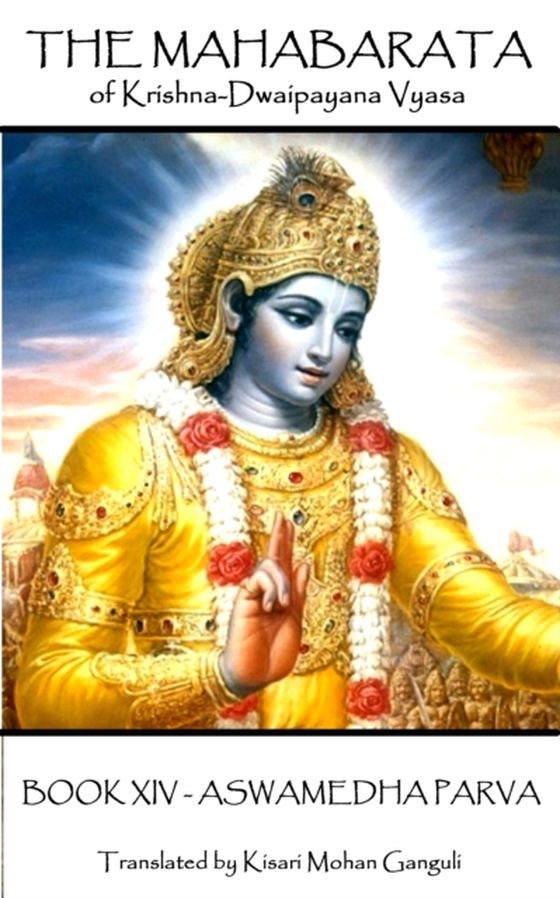
Mahabarata of Krishna-Dwaipayana Vyasa - BOOK XIV - ASWAMEDHA PARVA e-bog
31,25 DKK
(ekskl. moms 25,00 DKK)
The Mahabharata is one of the great works of world culture and the pinnacle of Sanskrit literature. It is also by some distance an epic of extraordinary length and breadth. Whilst there are many versions the longest is in the order of 1.9 million words across 200,000 lines of verse. In context if you combined both the Iliad and the Odyssey they would run to a mere quarter of its length.Within...
E-bog
31,25 DKK
Forlag
Scribe Publishing
Udgivet
21 marts 2018
Længde
116 sider
Genrer
HRGS
Sprog
English
Format
epub
Beskyttelse
LCP
ISBN
9781787379039
The Mahabharata is one of the great works of world culture and the pinnacle of Sanskrit literature. It is also by some distance an epic of extraordinary length and breadth. Whilst there are many versions the longest is in the order of 1.9 million words across 200,000 lines of verse. In context if you combined both the Iliad and the Odyssey they would run to a mere quarter of its length.Within this sweep lies the Kuruksetra War and the fates of the Kaurava and the Pandava princes. Woven within this are many devotional and philosophical offerings, including much on the four "e;goals of life"e; or purusartha; Dharma (righteousness, moral values), Artha (prosperity, economic values), Kama (pleasure, love, psychological values) and Moksha (liberation, spiritual values). Also enclosed within it are other well-known stories such as the Bhagavad Gita, the story of Damayanti, an abbreviated version of the Ramayana, and the story of Rsyasringa. These are also considered as complete works in their own right.Turning to the issue of authorship it has traditionally been attributed to Vyasa (also known as Veda Vyasa, or Krishna Dvaipayana) who is also a character within it. Despite much scholarly detective work to unravel and reveal its history absolute certainty is difficult. The oldest preserved parts of the text are thought to be from around 400 BCE, although it is believed that its origin lies several centuries earlier perhaps as far back as the 9th century BCE and much of this was of oral tradition. The final version of the text probably reached its finished form by the early Gupta period (around the 4th century CE). The title 'Mahabharata' may be best translated as "e;the great tale of the Bharata dynasty"e;.Kisari Mohan Ganguli, known also as K. M. Ganguli has translated this version of all eighteen books from Sanskrit into English between the years 1883 and 1896.
 Dansk
Dansk

